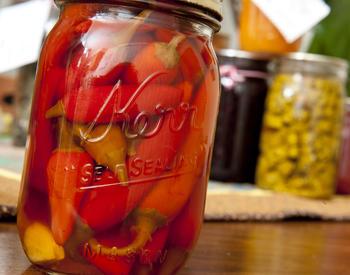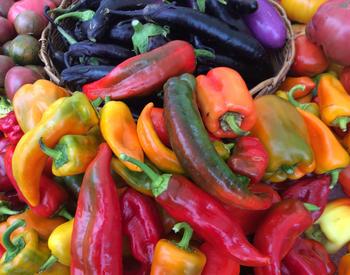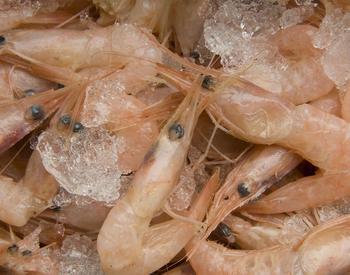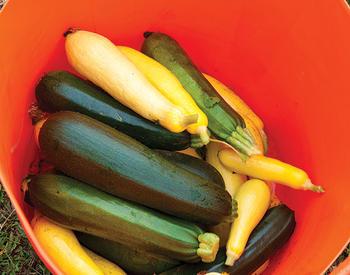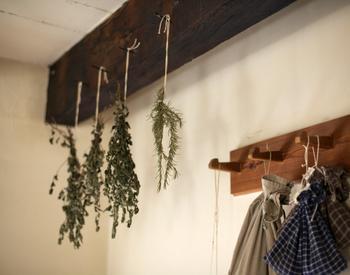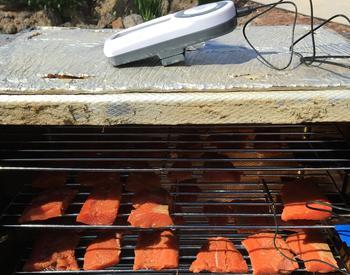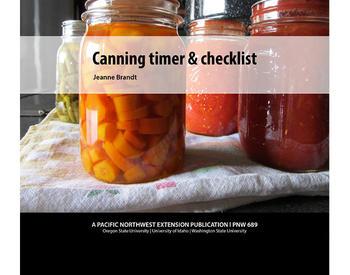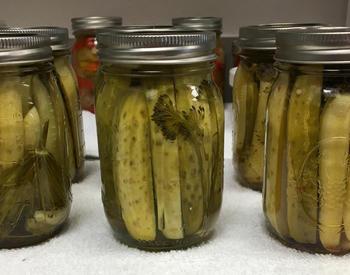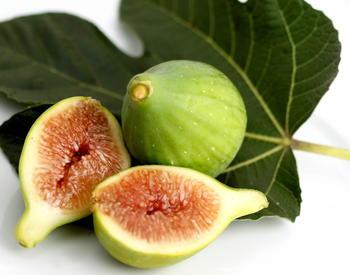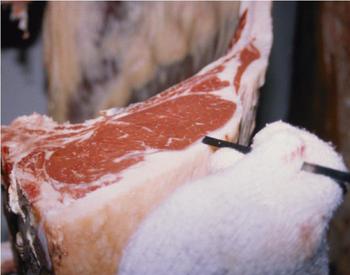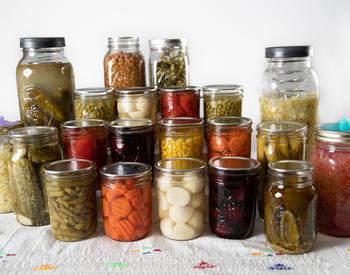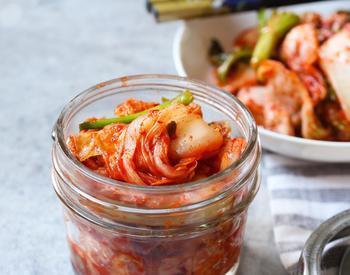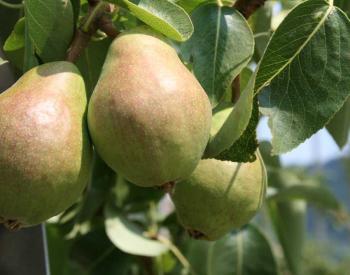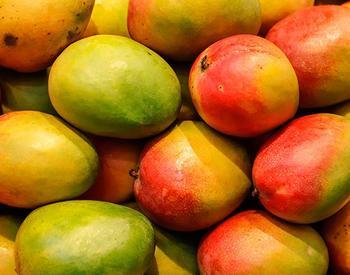Download this publication as a PDF
| Problem | Cause | Prevention |
|---|---|---|
| Formation of sugar crystals | Excess sugar Undissolved sugar sticking to sides of kettle Mixture cooked too slowly or too long Mixture cooked too little |
Follow recipe exactly. Wipe side of pan free of crystals with damp cloth before filling jars. Cook at a rapid boil. Remove from heat immediately when jellying point is reached. Cook until sugar has completely dissolved and mixed with fruit juice. Products are safe to eat. |
| Syneresis or "weeping" | Excess acid in juice makes pectin unstable Storage place too warm or storage temperature fluctuated Product was sealed with paraffin |
Maintain proper acidity of juice. Store in a cool, dark, dry place. Seal with lids and process. "Weepy" products are safe to eat. |
| Too soft | Overcooking fruits to extract juice Incorrect proportions of sugar and juice Undercooking causing insufficient concentration Insufficient acid Making too large a batch at one time |
Avoid overcooking as this lowers the jellying capacity of pectin. Follow recommended instructions. Cook rapidly to jellying point. Avoid using fruit that is overripe. Add lemon juice if needed. Use only 4 to 6 cups of juice in each batch of jelly. Products are safe to eat. |
| Too stiff or tough | Overcooking Too much pectin in fruit |
Cook jelly mixture to a temperature 8 degrees higher than the boiling point of water for jelly. Use ripe fruit. Products are safe to eat. |
| Cloudy | Fruit was green Imperfect straining Jelly allowed to stand before it was poured into jars and poured too slowly If product does not have airtight seal, may denote spoilage. If there are moving bubbles, do not use. |
Use firm, ripe fruit, or slightly underripe. Do not squeeze juice; let it drip through jelly bag. Hold kettle close to top of jar and pour jelly quickly into jar. Follow recommended methods to get airtight seal. Cloudy products are safe to eat unless there are moving bubbles or product appears spoiled. |
| Mold (denotes spoilage; do not use) | Imperfect seal Paraffin seal not airtight, Reusing paraffin Lack of sanitation Too little sugar |
Seal with lids and process in boiling water bath. Do not use paraffin, use 2-piece lids and process in boiling water bath. Sterilize jars if processing time is less than 10 minutes. Following processing recommendations for low-sugar jellied products. Moldy jams and jellies are not safe to eat and should be discarded. |
| Fading | Storage place too warm or too light Storage too long |
Store in cool, dark, dry place 35–50 degrees F. Use oldest products first. Products are safe to eat. |
| Fruit floats in jam | Underripe fruit Not thoroughly crushed Undercooking Improper packing in jars |
Use ripe fruit. Crush fruit uniformly. Cook rapidly following instructions. Products are safe to eat. |
| Bubbles | Kettle was not held close to top of jar as jelly was poured or jelly was poured slowly and air became trapped in hot jelly. If product does not have an airtight seal, may denote spoilage. If bubbles are moving, do not use. |
Hold kettle close to top of jar and pour jelly quickly into jar. Follow recommended methods to get airtight seal. Jellied foods with bubbles safe to eat unless there are moving bubbles or product is spoiled. |
| Crystals in grape jelly | Tartrate crystals. | Formed from the tartaric acid naturally present in grapes. To minimize crystal formation, let the freshly extracted grape juice stand in the refrigerator for two to five days. Pour or decant and strain the clear juice again through a jelly bag or coffee filter before making the jelly. |
| Dark surface | Air in jar. | Indicates the jar of jelly was sealed with too much air or the seal failed. |
| Darker than normal coloring | Overcooking sugar and juice. | Recipes with added pectins are cooked less and result in better and brighter color. |
| Wine-like flavor or odor | Inadequate heat processing or stored too long in the refrigerator. | Caused by yeast fermentation of the sugar to alcohol and carbon dioxide. If there is no mold on or in the jelly, it is safe to eat. |
Related articles
- Jams, Jellies, and Preserved with no Added Pectins
- Low Sugar Jams & Jellies/Fruit Spreads
- Preserving Fruits: Wild Berries and Fruits
Source: Food Safety Advisor Volunteer Handbook Washington State University/University of Idaho, 2002
